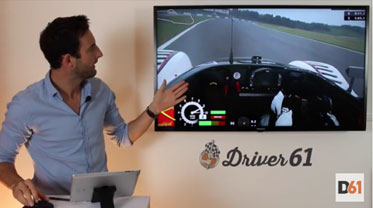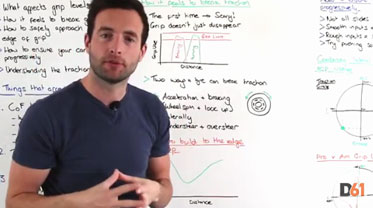Start Racing
Take a look at the three steps to get started:
Step one: Apply for a Race License
Start by applying for the ‘Motorsport UK Racing Starter Pack (ARDS)‘ from Motorsport UK. Fill out the application and then book your test at your local track.
Step two: Buy/Build a Race Car or Arrive and Drive with a Team
With two classes to choose from, you can start racing in the MINI CHALLENGE at a level and budget to suit you. For beginners, we have the MINI CHALLENGE Trophy running the Cooper Class. This has a normally aspirated 1.6l engine and is very popular so there’s lots of high action racing. The Championship is popular amonst young drivers and many former drivers have found their way into BTCC.
For the more experienced drivers, the ultimate MINI CHALLENGE class is the JCW. Often compared to a touring car, these are based on the generation 3 model, but unlike the previous MINI CHALLENGE cars, these are built from the ground up to be a race car. The turbocharged engines are fitted with a sequential gearbox and each car is identical. This allows for very close racing.
There are a few ways you can find a car to start racing, depending your budget and whether you would like to own the car or not.
Option 1: Buy a used MINI and convert it into a race prepared car. You can do this for the Cooper. There are teams in the MINI CHALLENGE that can assist you with this process if required, or do it all for you if preferred.
Option 2: Buy a newly converted car that’s been race prepared for the Cooper Class from the MINI CHALLENGE. Or purchase a new car for the JCW Class.
Option 3: Arrange an Arrive & Drive Package whereby a team rents you the car, provides support and includes some or all consumables.
To find out more information about choosing the right car to come racing, get in touch with us and we can help you with any questions and point you towards the right people to help.
Step three: Enter the MINI CHALLENGE
Running your car in the MINI CHALLENGE
You don’t have to have a team to come racing. There are a few ways to run your car, depending on your budget.
You can run your car yourself or have a team look after it. Alternatively you can just Arrive and Drive with a car which is owned by a team.
Take a look at the options below:
Run the car yourself with friends
- Bring a friend to help assist you. Someone with you can help keep you organised, help listen out for announcements and generally support you. Everyone is welcoming and if you’re not sure about what to do, come and find us.
- You’ll need some basic tools to fix any minor issues you may encounter. You may want to bring at least two sets of wheels and a wheel jack. You could also bring spare parts or consumables if you have them. Don’t forget you’ll need enough fuel for the 2-3 races and your qualifying.
- You’ll need to make sure your car is in racing order, as it will be scrutineered to ensure it’s safe.
- Ensure you have read the regulations for your class and that you understand everything. If you’re not sure, please ask us.
- Don’t forget as with any MSA racing, you’ll need to be wearing all of the correct race equipment. This is all detailed in the MSA Blue Book.
Have a team run your own car
- You can focus on the racing and not worry about the car.
- The team deal with everything on the car including checks, replacing parts, fuel etc.
- They can guide you throughout the race event so you know when and where you need to be.
- Some teams offer driver training to help you improve your racing techniques.
If you would prefer to have a team look after you and your car, we can help you find a suitable team.
Arrive and Drive with a Team
- The team provide the car and equipment, transport it all to the race meeting, liaise with consumables suppliers, arrange entry and staff, so all you have to do is Arrive & Drive.
- They look after all aspects of the car and take all the worries away so you can enjoy the racing.
FURTHER INFORMATION
We want to ensure you enjoy racing in the MINI CHALLENGE and have teamed up with Driver61 to offer a wealth of free information to new drivers.
Track days are great fun and a great way to begin you racing career. You’ll be excited to see what your car (and you) can do on the circuit. You will probably have some questions, perhaps want to know what to expect on your first track day, how to prepare your car and what the rules are for the event. Driver61 has put together a definitive guide for drivers who have limited or no experience and want to learn how to organise and plan a track day.
CIRCUIT GUIDES
Driver61 have put together a series of video based guides to offer an in-depth look at racing lines, curbs and how to be fast at various tracks. Their professional driver, Scott Mansell, talks us through these points as he highlights points of interest over onboard footage. These guides can be a great resource to study the best lines and get the most of out of the circuits.
DRIVER UNIVERSITY
Professional driver, Scott Mansell takes us through a series of detailed tutorials so you can do your homework before heading out on track. Develop as a racing driver as efficiently as possible by learning fundamentals including Trail Braking, Managing Understeer, Using Oversteer and many more advanced lessons such as driving at the Limit.




